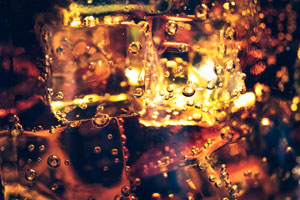

The science of carbonating drinks with beverage grade CO2 is pretty simple: When dissolved in liquid water, carbon dioxide gas will produce bubbles for as long as it is kept under pressure – take the top off a bottle of soda and it will go “flat.”
But why do carbonated drinks taste good?
Here’s the deal: When a bottle of carbonated beverage is opened, carbon dioxide gas reacts with water to form carbonic acid, giving the drink a slight acidity (which is often compounded by stronger acids added by the drink manufacturer). When carbonation bubbles waft toward the drinker’s nose, it also enhances the flavors of the drink, while bubbles in the mouth create a satisfying sensation on the tongue.
Did those fun facts wet your whistle? Here are five more.
Need to learn more facts about carbonation for your bar or restaurant? We can help. Contact us today to learn more.